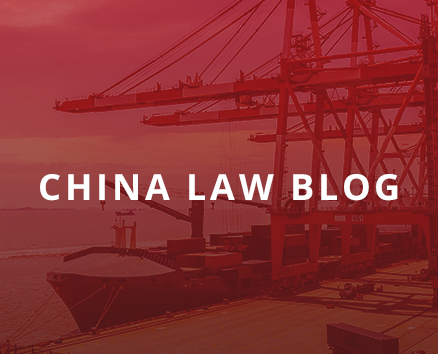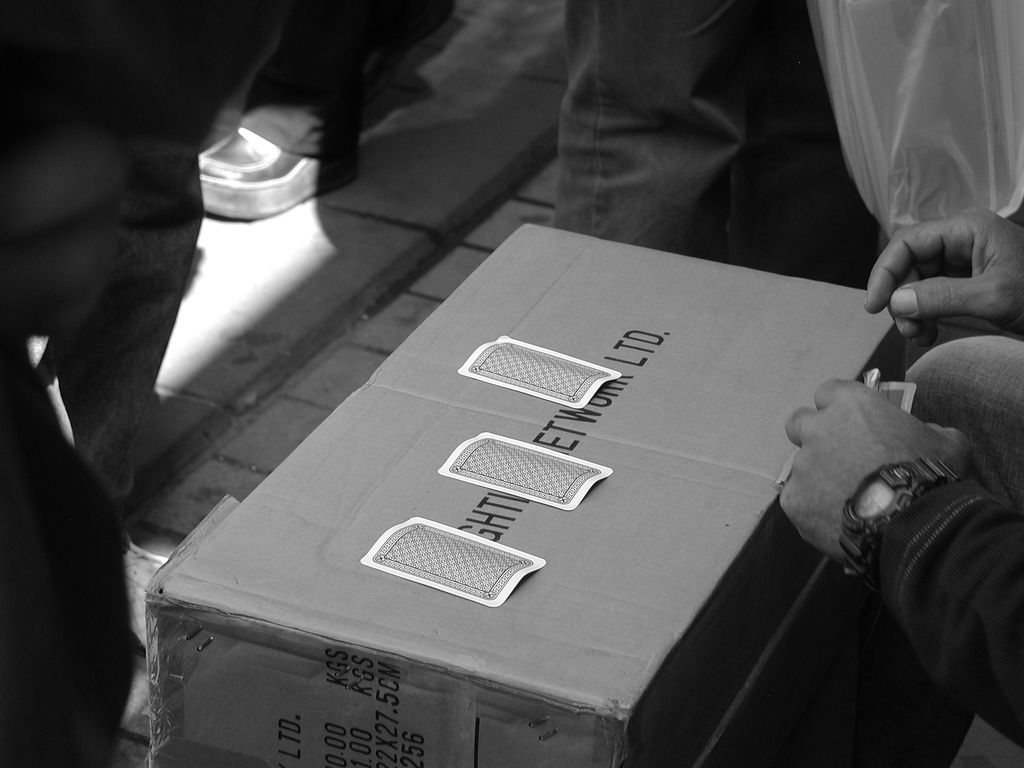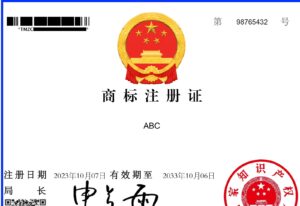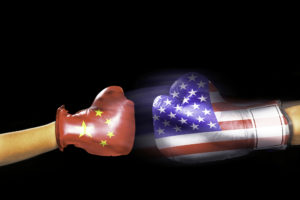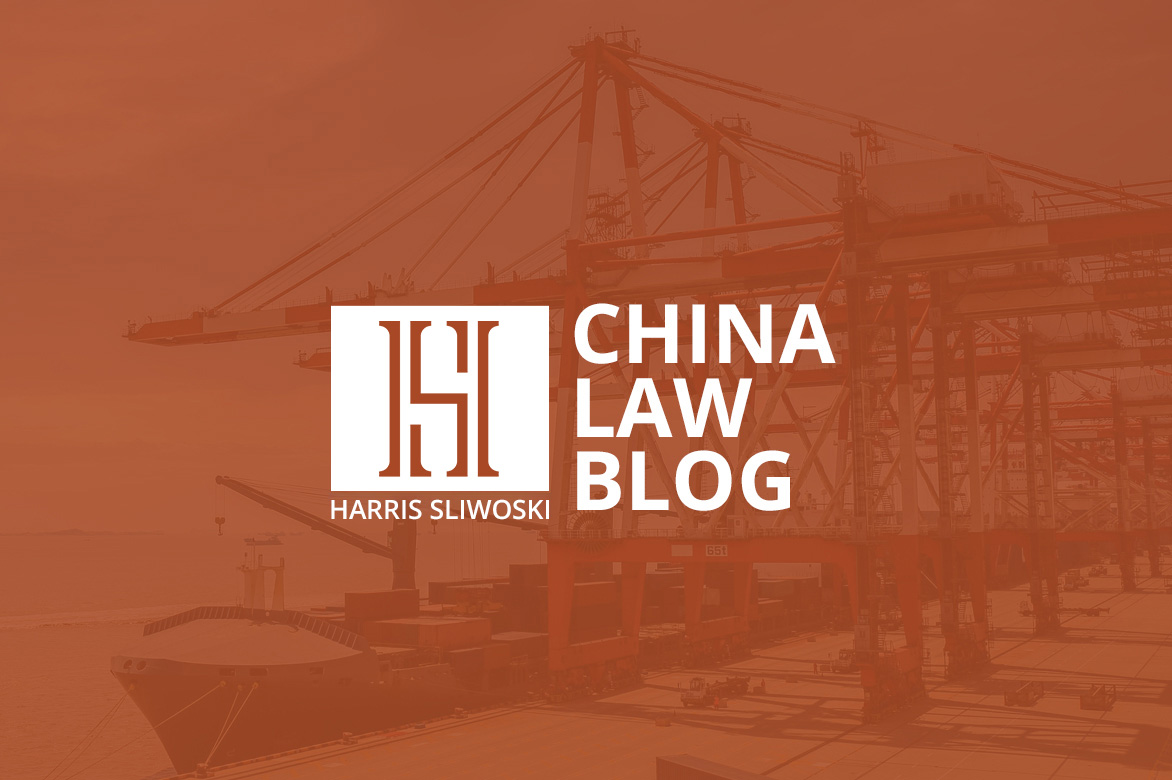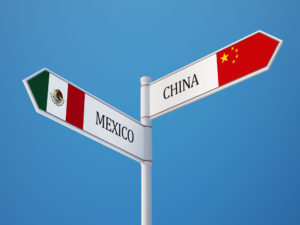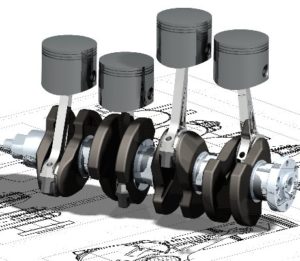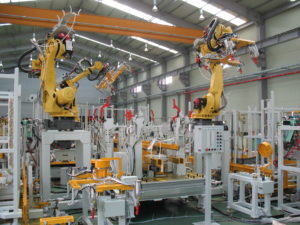The Shift in Global Manufacturing Contracts
Tensions between China and the West have prompted US and European companies to diversify their supply chains and to re-examine their manufacturing contracts. Companies that manufactured their products in China under single contract systems are now adapting to work with factories worldwide. Previously focused on a single country, these companies now face the challenge of managing production across multiple countries.
The Multi-National Manufacturing Scenario
A frequent scenario involves a parent company owning several factories across Southeast Asia. For example, a Taiwan or Hong Kong company may own factories in China, Vietnam, Mexico, Thailand, and Bangladesh. How should a U.S. or European company set up their manufacturing contracts for this sort of situation? My law firm’s international manufacturing lawyers are now having to help our clients decide whether there should be a single contract with the parent company or separate contracts with each of the independent factories. And if there are independent contracts, what should be the method of their enforcement, particularly in countries with weak legal systems like Bangladesh or Myanmar?
Contractual Options for International Manufacturing
There are typically three main options for dealing with a parent company in one country that has subsidiary manufacturing companies in multiple countries. No option is perfect, but a choice must be made, and I discuss below how to make that choice.
Option One: Single Contract with the Parent Company
Say the parent company is located in Hong Kong and the U.S. or European company enters into a contract with just the Hong Kong parent. The contract would be subject to Hong Kong law and would be enforced by litigation or arbitration in Hong Kong. Payments would be made to the Hong Kong company. There would be no direct contract with any of the factories in
From the standpoint of enforcement, the concept behind this option is that the Hong Kong parent will be responsible for any contract violations committed by its subsidiary factories anywhere in the world. This leads to efficiency: a single contract enforced in a single jurisdiction.
This option is often used when there are multiple factories all over the world that are owned, controlled, and managed by a single parent entity. However, taking Hong Kong as the example, this approach should be followed only if the parent company is a “real” company with substantial fixed and monetary assets located in Hong Kong. If the Hong Kong parent is a mere “shell”, with little more than an office with a bank account that gets swept to zero every day, contracting with just the Hong Kong parent company will probably not be a good option because the Hong Kong shell company will not have assets available to pay a judgment. In fact, many Hong Kong companies are created to prevent legal action against the subsidiary factories that have fixed and monetary assets that could be used to satisfy a court judgment or arbitration award. If the Hong Kong parent company is this type of shell entity, contracting with that parent will likely not be a good option because the prospect of effective enforcement will be an illusion.
Even when the Hong Kong parent is a real company, Option One may not be the best choice because it does not give you a direct contractual relationship with each factory. Without direct contracts, you may find it hard to oversee production or resolve factory-specific issues. Under Option One, it is also not possible to make payments directly to the factory. For that reason, Option One is normally used when the Hong Kong parent actively manages the work of its factory subsidiaries. If this is not true, and the factory subsidiaries are highly independent, Option One will usually not be ideal from a practical management standpoint.
Option Two: Separate Manufacturing Contracts with Each Manufacturing Entity
With option two, our international manufacturing attorneys usually write the contracts with each of the factory companies using the same approach we use for our China manufacturing contracts. Governing law is the law of the factory location. Enforcement is litigation or arbitration (if available) in a court or before an arbitration panel within the country where the factory has its hard assets. Governing language is hard to decide. The best is dual language with the local language controlling, but this can sometimes be awkward and hard to manage. English is an acceptable alternative in many S.E. Asian countries. Litigation in English is generally not available. In some countries arbitration in English is possible, but rare.
Taken together, these factors show that enforcement in these jurisdictions is likely to be uncertain. But usually there is no practical alternative to having your contract written for the country in which the factory is located since effective enforcement requires action be taken in that very country. If enforcement will be difficult, the U.S. or European entity must face the risks and design its overseas manufacturing business to reduce the risks. For example, it can set up inspection and payment so quality control problems will be identified before payment is made. It is better to face the risk and work to mitigate it than to pretend there is an alternative when there isn’t. Because each company and each country are different, there is no cookie-cutter answer on how to draft these country-specific manufacturing contracts.
The problem with Option Two is that many companies find it difficult to manage separate contracts for each jurisdiction in which they operate. For the purpose of efficiency as opposed to enforcement, a single master contract is preferred.
Option Three: A Single Master Contract for All Factories
Under this option, the U.S. or European buyer develops a single master contract which all factories are required to execute. The contract is with each individual factory and payment is made to each factory. Management of the relationship is directly with each factory, with no Hong Kong or other intermediary.
For S.E. Asia, we usually draft these master contracts with enforcement by arbitration in Singapore, with the arbitration in English and the governing law the law of the U.S. state or the European country where the product buyer is located, with English as the governing language of the contract. This then provides for a uniform set of rules applied in all jurisdictions against all factories. If the primary goal is uniformity and ease of management, this is the preferred option.
However, from an enforcement standpoint, Option Three is in many ways “the worst of all worlds.” First off, S.E. Asian countries are not so good at enforcing Singapore arbitration awards, and this is especially true when the defendant factory does not bother to appear in the arbitration (leading to a default award) or when the defendant factory claims there was some form of irregularity at the arbitration level, such as a lack of notice.
On the other hand, the U.S. and every country in Europe typically enforce Singapore arbitration awards. So purely from the standpoint of enforcement of the arbitration award, Option Three puts U.S. and European buyers into the worst possible situation: the Singapore arbitration award is unenforceable against the foreign factory but enforceable against the U.S. and European buyers. But the business need for ease of management and consistency of application may make the enforcement issue a subordinate matter. So long as the U.S. or European entity understands the issues, Option Three sometimes makes business sense.
Analyzing Contract Options for Multi-Country Manufacturing
Our international manufacturing lawyers usually conduct the following analysis when working with our clients in choosing how to contract for multiple factories owned by a single parent.
First Consider a Single Contract with the Parent Company
Consider Option One first. There are two issues. First, is the parent a shell company or a real company? Second, even if the parent is a real company, as a practical matter does the parent company manage the factories in a way such that it controls the manufacturing operations? If the answer is yes in both cases, then stop. If not, then move to Option Two or Option Three.
The Advantages of Direct Factory Relationships in Option Two
From a practical standpoint, the advantages of Option Two are many. One, the relationship with the factory is direct. Two, over time it is possible to modify the terms of the manufacturing agreement to fit the specific situation in the factory. Three, the purpose of a Contract Manufacturing Agreement is not so much to provide for later litigation, but to set out the specific “rules of engagement” with the factory. Four, if enforcement in court will be difficult or practically impossible, this option forces the U.S. or European entity to change the “rules of engagement” to deal directly with the risks by, for example, contracting for no payment before inspection and a monetary penalty that can be taken from current or future payments. Five, even if litigation in the local court will be difficult, providing for that litigation in the hometown of the factory shows a serious attitude and is actually seen as a real threat to the foreign factory, whereas arbitration in Singapore is seen as not much of a threat due to the lack of enforcement power.
The Preference for a Uniform Contract Structure in Option Three
Even with its inherent weakness in enforcement, Option Three (a single master contract with all factories) is often preferred. Many buyers prefer consistency over flexibility. Companies working across multiple jurisdictions often desire a single set of unchanging rules, interpreted under one governing law, that remain uniform regardless of factory location. The fact that Singapore arbitration is not enforceable is not their primary concern. Enforcement of an award is a secondary issue. They deal with the enforcement issue by understanding the risk and taking action to cover the risk in advance.
Large buyer companies often choose option three and they tell us they like it best even though they realize their factory can easily not pay the award they might receive at Singapore arbitration, but they rightfully believe that their factory will pay anyway because it will either realize it was in fact in the wrong and/or (and most importantly) that if it does not pay, the large buyer company will cease doing business with it. There is a lot of truth to this analysis for big product buyer companies, but not for smaller companies.
Option Three can be the best choice, provided the buyer understands the enforcement issue. However, most U.S. and European companies do not understand how Option Three results in long, complex contracts that are not directly enforceable against the individual factories. It is this lack of understanding that concerns our international manufacturing lawyers when US or European entities choose Option Three.
Examples of Contracting Strategies in International Manufacturing
The below are some examples of what our clients have done in various different situations.
An Electronics Manufacturer in Southeast Asia
An American electronics company used Option Two for its operations in Vietnam and Thailand. They established direct contracts with each factory, using local laws for governance and enforcement. This direct approach allowed them to tailor the terms to each factory’s specific situation, enhancing their quality control and issue resolution processes.
1. An Apparel Company and the Single Master Contract
A European apparel brand opted for Option Three, drafting a single master contract for their factories in Bangladesh, India, and Myanmar. They chose Singapore arbitration for uniformity and ease of management, understanding the trade-offs in enforceability but valuing consistent terms across their supply chain.
2. An Automotive Parts Supplier in China and Taiwan
This supplier chose Option One, signing a contract with a parent company in Hong Kong to oversee their factories in both China and Taiwan. We drafted this contract only after we first did sufficient due diligence regarding the Hong Kong company to ensure that it had sufficient assets in Hong Kong for effective enforcement.
3. A Mid-Size Tech Company’s Hybrid Approach
A mid-sized U.S. tech utilized a mix of Options Two and Three. They had direct contracts with their main suppliers in Malaysia (Option Two) for better control and oversight, while for smaller, less critical suppliers in the region, they used a single master contract (Option Three) for ease of contract management.
4. A Furniture Retailer’s Strategic Choice
A British furniture retailer initially used Option Two with factories in Indonesia, but as they expanded to include suppliers in the Philippines, they transitioned to Option Three. This shift was driven by their need for uniform contract terms across a growing number of suppliers, despite the challenges in enforcement.
Concluding Thoughts: Balancing Enforcement with Management Needs
You generally have three manufacturing contract options when dealing with a parent company in one country, with subsidiary factory companies in multiple other countries. No option is perfect but you as the product buyer still must choose.
The choice between a single contract with a parent company, separate contracts with each factory, or a single master contract for all factories depends on various factors including enforceability, management efficiency, and the specific circumstances of each manufacturing location. There is no one-size-fits-all solution, but understanding the nuances of each option will allow you to make informed decisions that best suit your operational needs and legal realities. The key is to balance the need for effective legal enforcement with practical management considerations, ensuring a strategy that aligns with your company’s broader business objectives.





